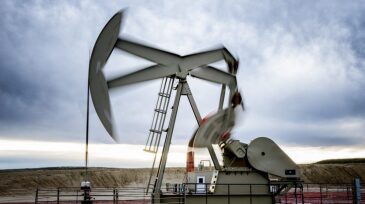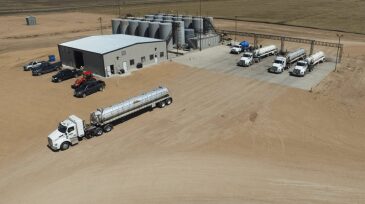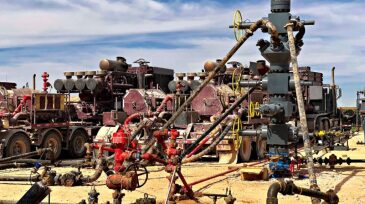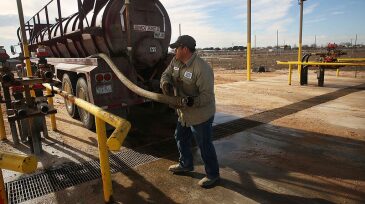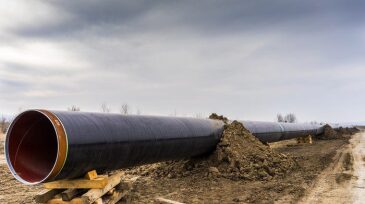Permian Basin
-
The combined company will produce more than 100,000 BOE/D from the Permian Basin and Eagle Ford Shale and is switching its focus to “mega-pad” developments.
-
The Permian gets the lion’s share of attention when it comes to produced water, but other basins have a need to haul volumes off-site. How has the market changed in these areas recently? Is there a greater enthusiasm for pipelines, and can water midstream thrive?
-
First developed as a proprietary system by a large Permian Basin operator, this hydraulic fracturing schedule exchange will be run by a data company and opened up to the entire North American shale sector.
-
The new milestone was reached less than a year after the country surpassed 11 million B/D last summer, and is driven by activity in the Permian Basin and new fields in the Gulf of Mexico.
-
Growing supply of Permian crude oil means the basin will need extra takeaway capacity of up to 500,000 B/D by the end of the 2020s, according to new research from Wood Mackenzie.
-
As Permian production ramps up and saltwater disposal well capacity is pushed to its limit, companies see a need to develop collaborative, commercially viable methods of handling produced-water volumes. If reuse remains at its current rate of only 15%, operators could face a $30-billion tab.
-
The well count and completion intensity of US tight oil and gas operations have grown in recent years, and rising pressure from environmental regulations means that produced water management has become a key focus for operators.
-
Marathon Oil says its shale fields are producing more oil and gas with less hands-on work from company personnel thanks to a growing arsenal of digital technologies and workflows.
-
Phillips 66 and partners in two separate joint ventures are building the Red Oak and the Liberty pipeline systems to deliver a total of approximately 750,000 BOPD to the US Gulf Coast with startup of service in early 2021.
-
Approximately 90% of construction work has been completed on the pipeline, which is expected to transport up to 670,000 BOPD from the Permian Basin to the US Gulf Coast. Cactus II is one of several pipelines aimed at alleviating takeaway concerns in the Permian.

